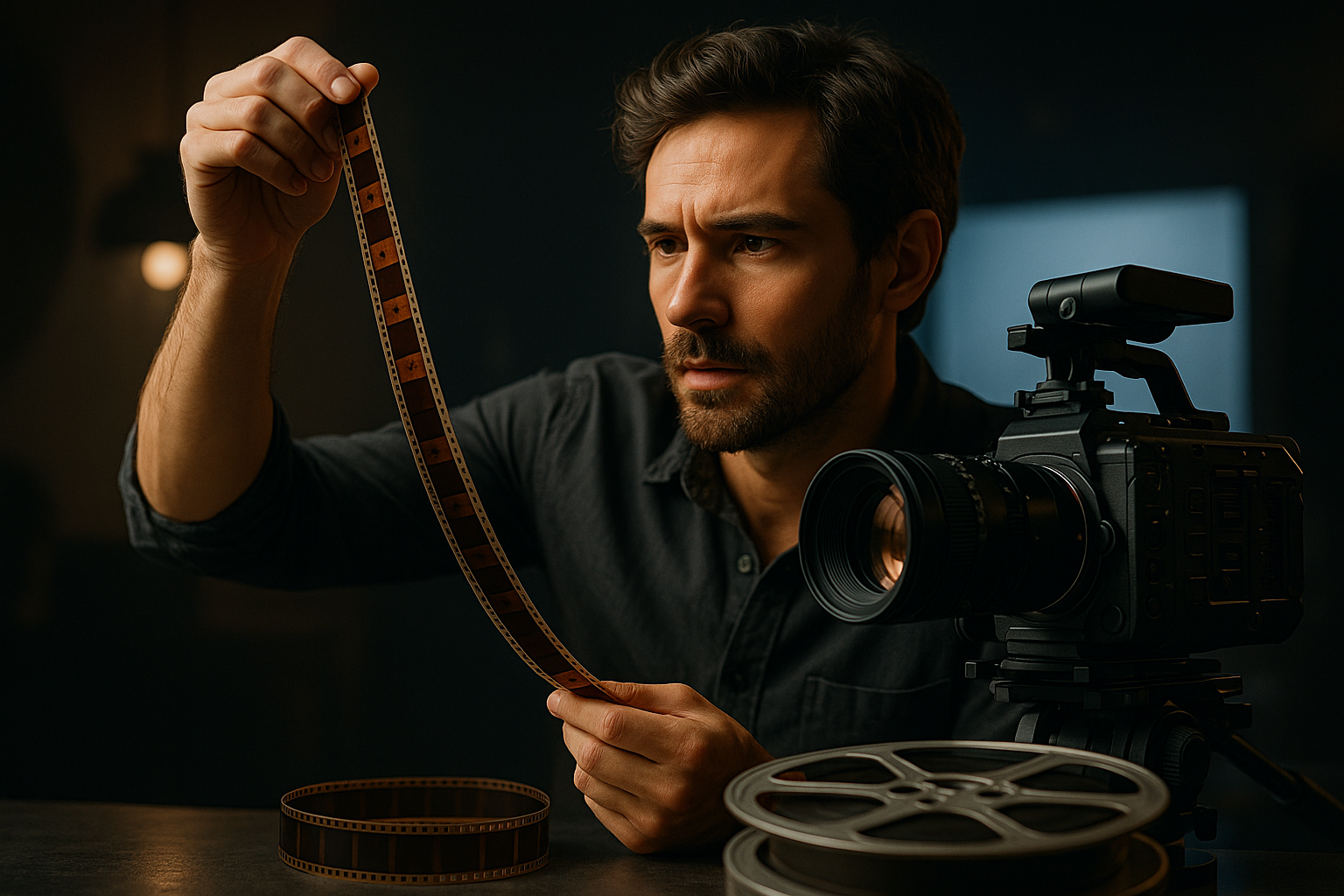Unraveling the Mystique: The Resurgence of Analog Film in a Digital Era
In our high-speed digital age, an unexpected revival has taken the cinematic world by surprise. The analog film, once thought to be a relic of the past, is making a comeback. This article delves into the resurgence of analog film, exploring the intricacies of this trend and what it signifies for the future of the film industry.

The Rise, Fall, and Revival of Analog Film
Analog film, the medium that gave birth to the cinematic art form, reigned supreme until the advent of digital technology. The transition from analog to digital in the late 20th century was swift and unforgiving, and by the early 2000s, digital had become the industry standard. But in recent years, we’ve seen a resurgence of interest in analog film - a revival fueled by artists seeking authenticity and a tactile connection to their work.
The Allure of Authenticity: Why Filmmakers are Returning to Analog
So, what’s triggering this return to analog? For many filmmakers, it’s the distinct aesthetic of film, with its grainy texture and rich color depth, that digital simply can’t replicate. Others appreciate the discipline and mindfulness that shooting on film requires. Unlike digital, every shot on a film reel counts, which can lead to a more thoughtful approach to filmmaking.
The Analog Revival in the Box Office
This analog revival isn’t confined to indie filmmakers. Big-name directors like Quentin Tarantino and Christopher Nolan have championed the use of film, incorporating it into their blockbuster productions. “The Hateful Eight” and “Dunkirk” are just two examples of modern films shot entirely on analog, and they’ve been rewarded with critical acclaim and commercial success.
The Future of Analog in a Digital World
Despite the romantic allure of analog, the practical advantages of digital technology are undeniable. It’s cheaper, more accessible, and offers unprecedented control over the final product. Yet, the resurgence of analog demonstrates that there’s still a place for traditional methods in our technological world. As we move forward, it’s likely we’ll see a cinema landscape where digital and analog coexist, each offering unique benefits.
In conclusion, the revival of analog film is a fascinating development in the constantly evolving world of cinema. It’s a testament to the enduring power of traditional art forms and a reminder that progress doesn’t always mean leaving the past behind. As we continue to navigate the complexities of the digital age, the resurgence of analog film serves as a compelling example of how we can blend old and new to create something truly extraordinary.




